- TECHSWU
- Posts
- TECHSWU #51
TECHSWU #51
Welcome to TECHSWU, your go-to destination for all things tech that matter in your daily life!


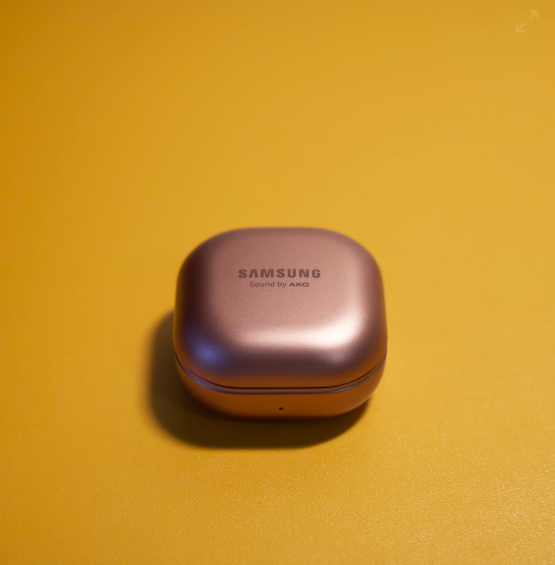
A leak suggests that Samsung's upcoming Galaxy Buds 3 Pro will have a major redesign, resembling Apple's AirPods. The leaked image shows an elongated stem design, a departure from Samsung's previous bean-shaped earbuds. The stem not only provides stability but also acts as a touchpad. The microphone is positioned closer to the user's mouth, potentially improving call clarity. The Galaxy Buds 3 Pro is rumored to come with AI-powered features, including improved active noise cancellation for a more immersive listening experience. The earbuds are also expected to have a larger internal battery, offering longer usage time, as well as improved audio quality. The Galaxy Buds 3 Pro is rumored to be unveiled alongside Samsung's latest foldable phones on July 10. With its AirPods-like appearance and advanced features, the Galaxy Buds 3 Pro is anticipated to set a new standard in the market.

The global smart outdoor TV market is expected to experience a CAGR of 14.2% between 2024 and 2030. The market is driven by the growing demand for high-quality entertainment experiences in outdoor spaces. Smart outdoor TVs are designed to be weather-resistant and can withstand exposure to moisture, extreme temperatures, and direct sunlight. They often include built-in Wi-Fi connectivity and other smart features, allowing users to stream content from online services.
Some highlights from the article include:
• The market size is estimated to increase by USD 330 Million at a CAGR of 14.2% from 2024 to 2030.
• The major players in the market include Element Electronics, SunBriteTV, Furrion, Séura, Samsung, Hisense, TCL Technology, and Sony.
• Market trends include an upsurge in demand for social media.
• Market drivers include a rise in investment for smart outdoor TV.
• Market opportunities include rapid urbanization and digitalization leading to a boost in smart outdoor TV.

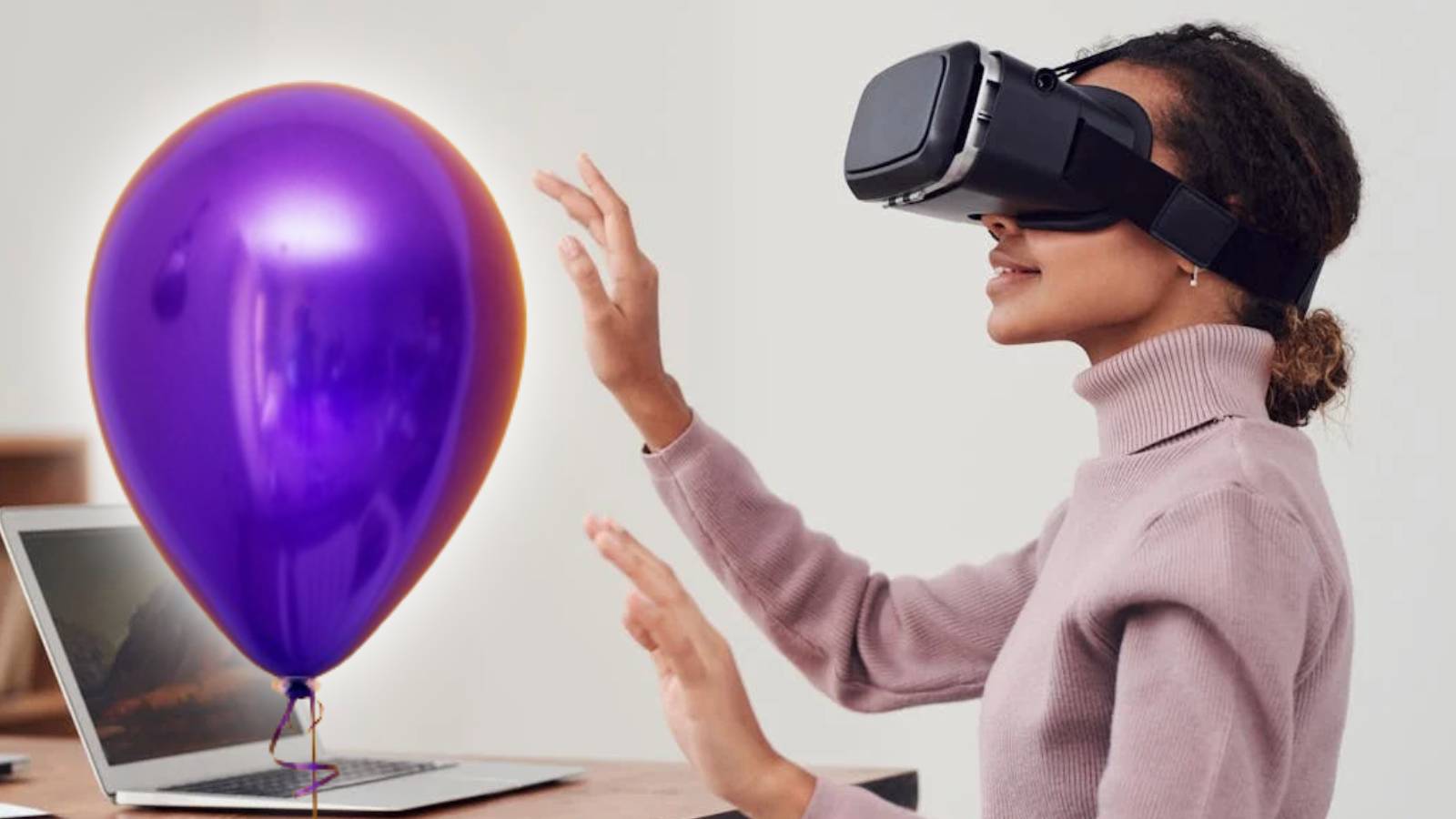
A group of college students has developed inflatable shape-changing robots called InflatableBots, which provide haptic feedback for virtual reality (VR) gaming. The robots, created by students from the University of Calgary in Canada and Tohoku University of Sendai in Japan, are able to change height and position to provide a unique form of haptic interaction in VR. The robot structures can inflate from 15 to 200 inches at a rate of 4 inches per second, creating multiple touch-points for users. Footage of the InflatableBots demonstrates their ability to mimic a range of physical sensations in VR, such as the height of a staircase or the hit of a drumkit. While the InflatableBots are not available for purchase, their development highlights the growing importance of haptics in the VR gaming industry.

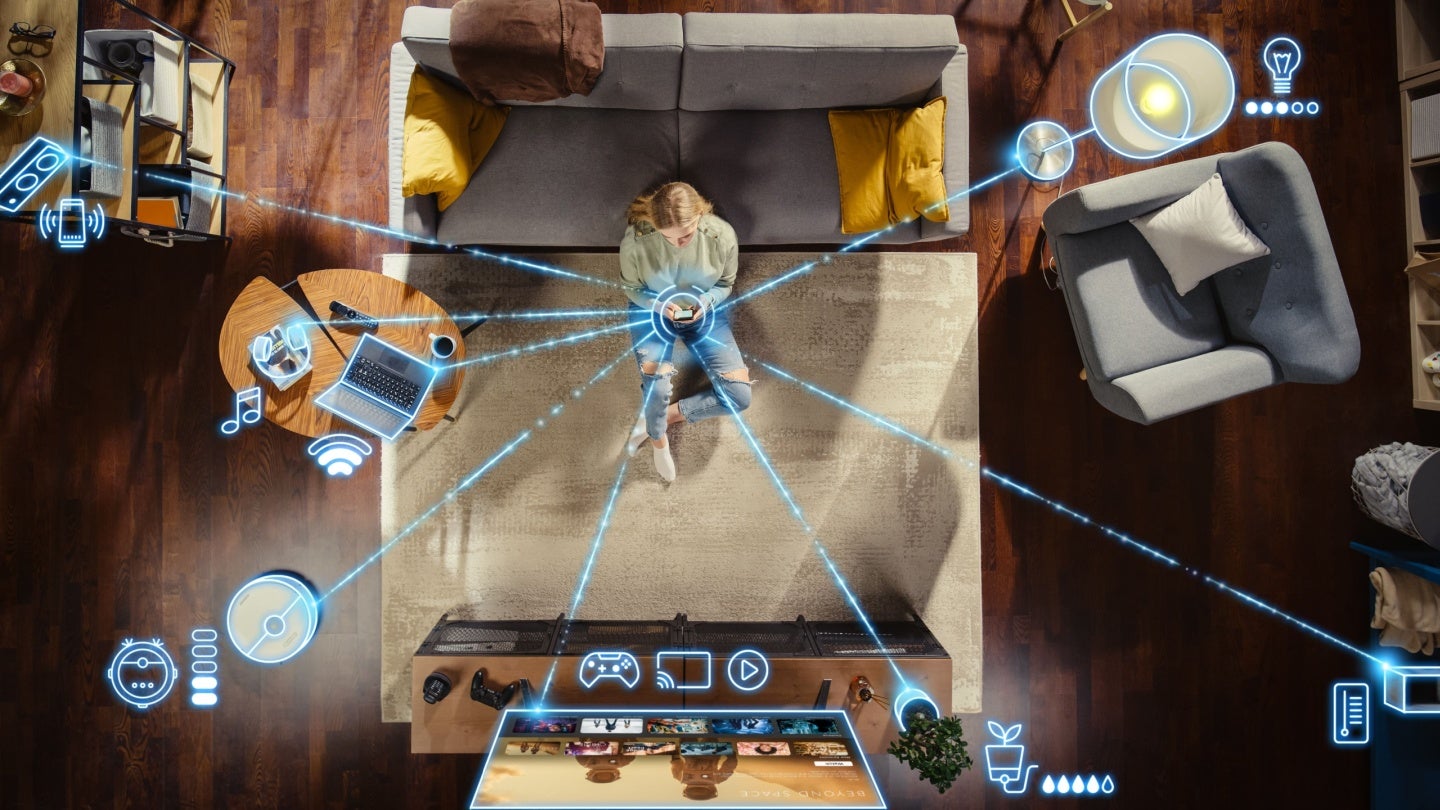
The US Federal Communications Commission (FCC) plans to trial a national Cyber Trust Mark for wireless IoT products. Under the scheme, IoT manufacturers will be required to meet new cybersecurity standards and display a sticker on their products informing consumers that these standards have been met. The sticker may include a QR code that links consumers directly to the security details of a smart device. The FCC has not yet announced a start date for the trial. It is estimated that there will be over 25 billion IoT devices connected to the internet by 2030. Research and analysis company GlobalData predicts that the total IoT market could reach $1.7 trillion by 2027.

Automaker Felo introduced the world's largest electric motorcycle, the Tooz, at the 45th Bangkok International Motor Show. The Tooz has a top speed of 125 mph and a range of 450 miles per charge, making it the electric motorcycle with the longest range. It also features a central hub for navigation, multimedia playback, and smartphone connectivity. One of the standout features of the Tooz is its quick charging time, as it can charge from 20% to 80% in just 20 minutes using TYPE2 charging. This is a major improvement in the electric vehicle industry, as most electric motorcycles take around four hours to charge via a household charger. Felo, the manufacturer, stated that it applies its racing debugging technology and culture to the research and development of its products. The Tooz is still in development, with no official launch date announced.
/cdn.vox-cdn.com/uploads/chorus_asset/file/25484054/STK469_WWDC_2_2024_E.jpg)
Apple is reportedly working on developing smart home robots that can navigate and perform tasks within a household. While humanoid robots such as Boston Dynamics' Atlas robot and Tesla's robots are already in development, Apple's robots are still at least a decade away. The company is reportedly exploring ideas for a smaller robot that can follow users around or a robotic arm with a large iPad display that can interact with callers. However, the major challenge in developing a mobile robot for the home lies in accounting for the chaos and unpredictability of household environments. Apple's robots would need to be able to navigate stairs, furniture, pets, and unpredictable conditions such as doors that don't function properly after rainfall or lingering debris from previous household modifications.


The Navy is adopting a portfolio management approach to divest old technology and invest in new technologies more quickly. By focusing on portfolios rather than individual products, the Navy hopes to embrace commercial technologies while shedding expensive legacy systems. The Navy's Program Executive Office for Digital and Enterprise Services has reorganized itself into eight portfolios as part of its modern service delivery initiative. This approach departs from the Defense Department's usual program-based acquisition management and allows for more flexibility and faster adoption of new technologies. The Navy is using frameworks such as Technology Business Management (TBM) and World-Class Alignment Metrics (WAMs) to evaluate and choose IT solutions based on mission-driven outcomes. This portfolio-centric approach has already allowed the Navy to make more Small Business Innovation Research (SBIR) awards in the past 14 months than in the entire previous decade.

In this engaging article, the author reviews the Nokia 3210, highlighting its features and potential benefits in helping users detox from technology and social media. The Nokia 3210, although not a high-end smartphone, offers a variety of useful features and a lightweight design. The phone allows users to listen to music, play games, and even has a camera and video recorder. The battery life is decent and can be easily replaced, which is a rarity in today's smartphones. While the camera may not produce award-winning photos, it is sufficient for capturing moments during a tech detox. Overall, the Nokia 3210 is not meant to compete with high-end smartphones, but rather helps users take a break from the internet and social media.


Large Language Models (LLMs) are a type of artificial intelligence that interpret human language and generate text, audio, and imagery. They can specialize in elements like photo generation, video generation, and music creation. LLMs are trained on massive sets of data, often from the internet, to gain as much information as possible. This training allows them to understand what is being asked of them and generate something new based on that. LLMs are used in various applications such as generating original copy, answering product queries, generating code, and image generation. However, there are limitations to LLMs, including hallucination, where they create fake information when they can't produce an accurate answer, and issues with privacy when confidential information is shared. It's important to have a passing knowledge of what you're asking LLMs to create and be cautious about sharing sensitive information.
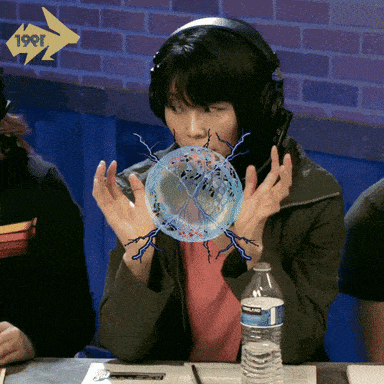

A new startup called Sightful has recently launched a spatial laptop called the Spacetop G1. This laptop is unique because it doesn't have a screen, instead relying on an augmented reality (AR) headset to display a virtual 100-inch screen. Some highlights from the article include:
• The Spacetop G1 is being called the "laptop for the age of spatial computing."
• To access the screen, users must wear the included XReal AR glasses, which weigh about the same as regular sunglasses.
• The laptop runs on a proprietary operating system called SpaceOS, based on ChromiumOS, and is powered by a Qualcomm Snapdragon processor.
• While it may not be suitable for heavy tasks like video editing, the laptop is capable of everyday tasks like web browsing and managing Excel spreadsheets.
• For users who prefer a physical screen, the laptop has two USB-C ports for connecting to an actual monitor.
Spatial computing and AR glasses are seen as the future of technology, with some experts predicting that smartphones will become obsolete in the next 10-15 years. However, the Spacetop G1 comes with a hefty price tag of $1,900, which may limit its accessibility for some users.
/cdn.vox-cdn.com/uploads/chorus_asset/file/25485545/lcimg_ca61fcb8_ae16_4dcb_8b5a_e5ca6510cfad.jpeg)
Apple has announced "Apple Intelligence," a suite of new AI features coming to the iPhone, Mac, and other devices. Some highlights from the announcement include:
• More conversational Siri: Siri will become more conversational and can handle more natural language interactions. Users will also have the option to type to Siri instead of speaking.
• AI-generated Genmoji: Apple will introduce a new feature called Genmoji that will generate custom emoji-like reactions on the fly.
• Improved photo feature: The Photos app will receive improvements in its AI capabilities, allowing users to search for specific objects in their photo library, like a person doing cartwheels.
• On-screen awareness: Siri will be able to perform actions within apps, such as editing photos or filling out web forms.
• Private and on-device processing: Apple will process AI features on-device to keep user information private. When cloud processing is necessary, Apple will use a "Private Cloud" and data will never be stored on servers.
Overall, Apple is catching up with competitors like Google and Microsoft in terms of AI features and capabilities. The new AI features will be available in the fall.
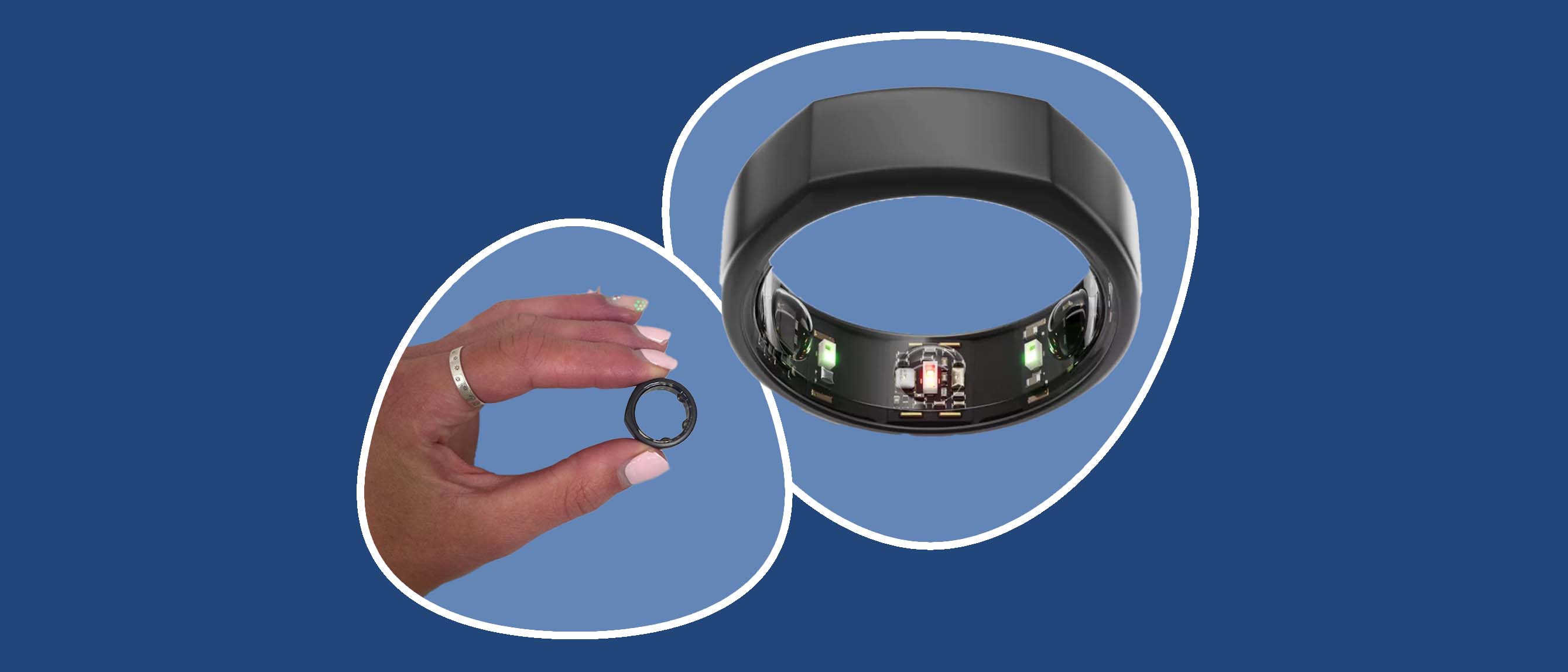
The ŌURA Ring is a popular wearable piece of technology that monitors health, sleep, and fitness. It has gained popularity in the UK since being mentioned by Jennifer Aniston on the Jimmy Kimmel Show. The ring, developed in Finland, is now available in John Lewis. Our editor tested the ring for four months and spoke to the CEO of ŌURA, Tom Hale, to get his take on the wearable. The CEO explained that ŌURA is focused on sleep and personalized health guidance, with a team of over 20 PhDs validating their work. The ring uses infrared light photoplethysmography to measure biometrics like heart rate and respiratory rate. It tracks over 20 biometrics and provides insights in four key areas: Readiness, Sleep, Activity, and Resilience. It also has a section dedicated to women's health, which tracks fertility and period cycles. Overall, our editor found the data collected by the ŌURA Ring to be useful and empowering, and the ring itself comfortable to wear.

UP.FIT, a division of Unplugged Performance, has unveiled the world's first Tesla Cybertruck Patrol vehicle designed for use by police and other public safety officials. This vehicle is expected to transform the landscape of first-responder transportation with its advanced safety technologies, stainless-steel exoskeleton, and sports-car grade capabilities. Some key highlights from the article include:
• Law enforcement agencies across the country have shown strong interest in the new electric truck platform.
• UP.FIT offers a complete turn-key solution for police departments, combining Tesla's electric vehicle technology with Unplugged Performance's modification expertise.
• The Cybertruck Patrol vehicle can be customized for various missions, with options such as tactical upgrades, prisoner partitions, K9 enclosures, and Starlink internet connectivity.
• UP.FIT also provides enhanced electrification, fleet management, technical training, and certification for law enforcement agencies.
• Orders for the Cybertruck Patrol vehicle are now open, with deliveries expected in late 2024.
This vehicle integrates Tesla's advanced electric technology with Unplugged Performance's upfitting expertise to meet the demanding needs of law enforcement agencies. UP.FIT aims to provide innovative, safe, and reliable equipment for first responders, driving towards a sustainable future.
